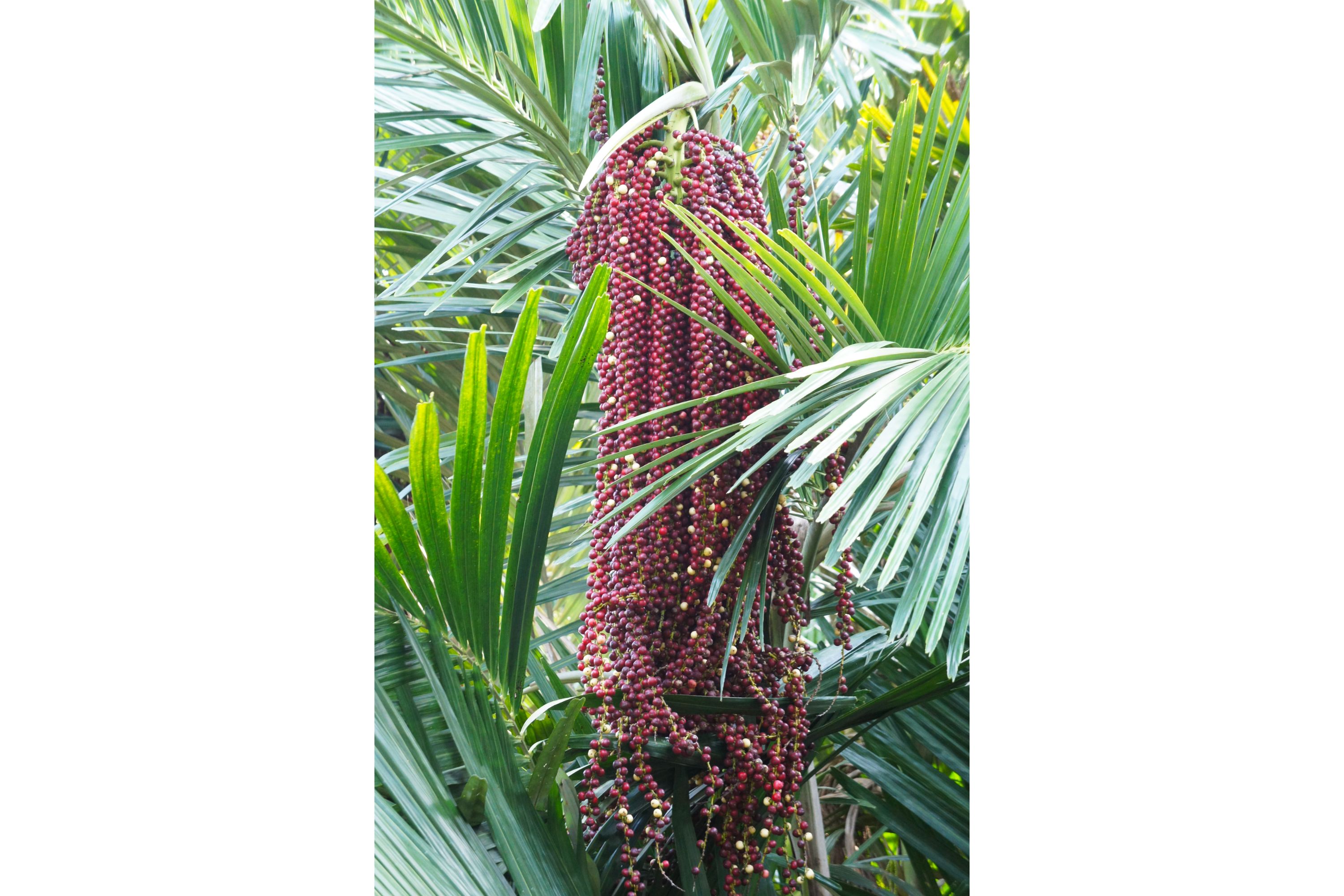Kentia palm
(Howea forsteriana)

Description
Howea forsteriana, commonly known as the Kentia palm or the Thatch palm, is a species of palm tree that is native to Lord Howe Island, a small island located in the Tasman Sea between Australia and New Zealand. This elegant and graceful plant has become a popular indoor and outdoor plant due to its attractive appearance and low maintenance requirements. In this article, we will explore the various aspects of Howea forsteriana, including its origin, physical characteristics, cultivation requirements, and common uses. Taxonomy and Nomenclature Howea forsteriana belongs to the family Arecaceae, which is one of the largest families of flowering plants. The genus Howea contains only two species, Howea forsteriana and Howea belmoreana, both of which are endemic to Lord Howe Island. The species name forsteriana honors Johann Reinhold Forster, a German naturalist who was part of Captain Cook's second voyage to the Pacific. Physical Characteristics Howea forsteriana is a slow-growing, solitary palm that can reach heights of up to 10 meters (33 feet) in its natural habitat. However, when grown as an indoor plant, it typically reaches a height of 1.8 to 2.4 meters (6 to 8 feet) over several years. The trunk of the Kentia palm is slender, smooth, and ringed with old leaf scars. The leaves are pinnate and can grow up to 3 meters (10 feet) in length. The leaflets are dark green, leathery, and have a slight arch to them. The petioles (leaf stalks) are armed with small, sharp spines that can cause injury if not handled with care. The palm also produces small, inconspicuous flowers that grow in clusters at the base of the leaves. Cultivation Requirements Howea forsteriana is a relatively easy plant to care for and is suitable for both indoor and outdoor cultivation. It prefers bright, indirect light but can also tolerate low light conditions. When grown indoors, it should be placed near a window that receives bright, filtered light. Outdoors, it should be grown in a partially shaded area that is protected from strong winds. The Kentia palm prefers well-draining, slightly acidic soil that is rich in organic matter. It should be watered when the top inch of soil feels dry to the touch. Overwatering can lead to root rot, so it is essential to allow the soil to dry out slightly between waterings. Fertilizer can be applied once a month during the growing season (spring and summer), using a balanced fertilizer that is specifically formulated for palm trees. Propagation Propagation of Howea forsteriana is typically done through seed germination. The seeds should be soaked in warm water for 24 hours before planting in a well-draining potting mix. The soil should be kept moist, but not waterlogged, until the seeds germinate, which can take several weeks to several months. The seedlings should be transplanted into larger pots as they grow, and care should be taken not to disturb the fragile roots. Common Uses Howea forsteriana is commonly used as an indoor plant, as it is highly adaptable to low light conditions and can tolerate a range of temperatures. It is also a popular choice for landscaping in subtropical and tropical climates. The palm is often planted in groups to create a lush, tropical look, and it can also be used as a focal point in a garden or as a container plant on a patio or deck. In addition to its ornamental uses, Howea forsteriana has a variety of practical uses. The leaves of the palm are used for thatching roofs and walls, as well as for making baskets and other ornaments.
Taxonomic tree:







